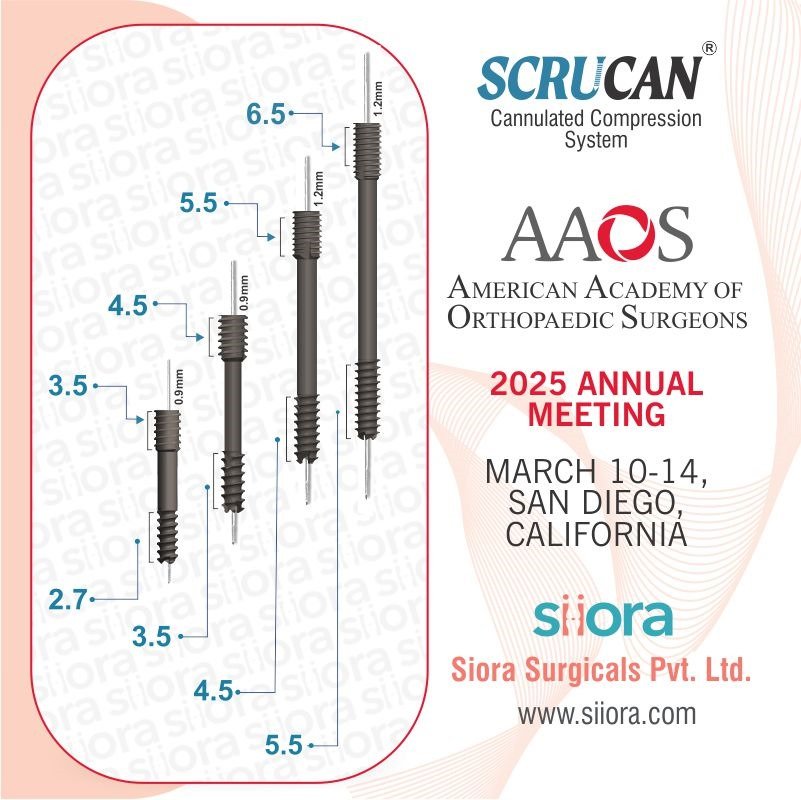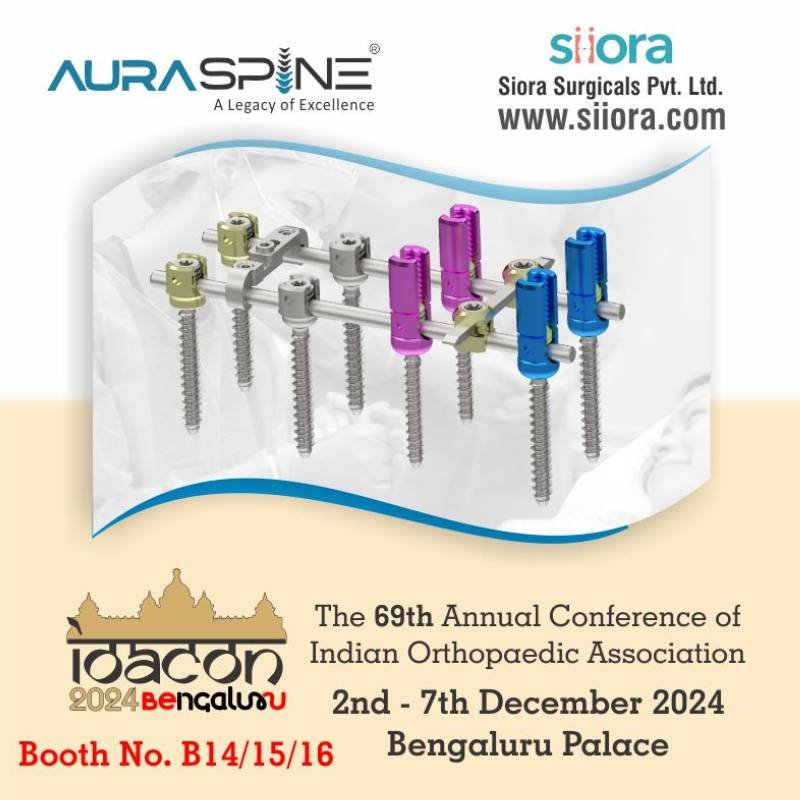Our body has a natural response to anything and everything that it experiences. This is probably why experts can diagnose a health condition and provide treatment. If we talk about a fracture, then the body responds to it and starts the natural healing process. Here, what orthopedic specialists do is ensure that the healing takes place in the right way. In this post, we will have a detailed look at the process of healing of a fracture. Before we move ahead, let us have a brief look at what happens when a bone breaks.
A fracture is a medical term for a broken bone. We know that when a fracture occurs, a bone breaks but, this is not the only case. This is because a bone is surrounded by a network of soft and connective tissues including muscles, cartilage, tendons, and ligaments. Thus, a fracture also involves injury to these structures. Hence, it won’t be wrong to say that a fracture is a complex issue that must be addressed timely by an orthopedic specialist. As you never know what a broken bone is accompanied by. So, for better healing, a timely medical assessment is a must. Let us now see what happens when a broken bone heals.
How does the Healing of a Fracture Occur?
Now, as we’ve said above that the body always has a natural response to injuries. So, when a fracture occurs, the body forms a blood clot and callus around the fractured area to protect it. The healing of a fracture takes place in stages, and they are classified as primary healing and secondary healing.
Primary Healing of a Fracture
Also known as direct healing, this is when the fractured bone fragments are in correct alignment. In other words, there must be a correct anatomical reduction of the bone with no gaps in between. This means the fracture is stable and primary healing occurs without the need for callus formation. Depending on the type, location, and severity of the fracture, primary healing can take from months to years.
There are two processes in primary healing:
Contact Healing
Contact healing is when there is a gap of less than 0.1 mm between one side of the cortex and another side of the cortex. Besides this, contact healing can also occur when there is less than 2% of interfragmentary strain. In this case, osteoclasts form across the fracture lines whereas, osteoblasts fill the cavities. This process forms lamellar bone.
In contact healing, the Haversian system plays a vital role. This system consists of a series of microscopic tubes that are present in the cortical bone.
Gap Healing
Gap healing takes place when there is a gap of 800 µm to 1mm between bone fragments. Here, osteoblasts and lamellar bone fill the fracture. The lamellar bone is oriented perpendicularly to the axis of the bone. The lamellar bone is a mature bone having 5 sublayers.
Secondary Healing of a Fracture
The commonest way by which a bone heals is secondary healing. This is when the fracture is not stable and in its correct alignment. Hence, the healing process occurs by callus formation. The body opts for secondary healing when the fracture is treated with conservative methods that include the application of casts or splints, immobilization, external fixation, and internal fixation. The process of secondary healing occurs into three steps:
Reaction
The body immediately responds to a fracture and as a result, it constricts blood vessels to stop bleeding. Within a few hours, the extravascular blood forms a hematoma (clot) while creating a template for callus formation. With all this activity, the inflammation of the injured part occurs, and this is at its peak within 24 hours and completes in 7 days. Inflammation is a signal to the body to stop using the injured area so that healing can take place. Various body chemicals and signals contribute to completing this phase. As a result, osteoclasts accumulate between the fractured bone while removing the necrotic tissue. This whole process may take 7-14 days.
Repair
The next stage of secondary healing is repairing the injured area. This occurs 7-9 days after the fracture. Here, chondroblasts develop into fracture gaps and this results in the formation of hyaline cartilage. Besides this, osteoblasts form from the periosteal cells present at the distal end of the bone. Bone resorption is what occurs in this stage of the calcified cartilage. This causes the formation of woven bone.
In the reparative stage, the bone callus or fracture callus replaces the clot that forms in the initial stage. This results in the bridging of the fracture gap.
The callus usually becomes harder in about 2-6 weeks and the body can then start using that injured area to some extent.
This occurs when lamellar bone replaces the hyaline cartilage and woven bone. The process of replacement is called endochondral ossification. With time, trabecular bone replaces almost all woven bone and cartilage to provide the original bone strength to the fractured area.
Remodeling
Remodeling is the phase where the trabecular bone is replaced by the compact bone to allow the person to effectively use the limb. This process starts around 3-4 weeks are the fracture and depending on its severity, it may last for as long as 5 years or even more in some rare cases. Sometimes, orthopedic specialists may use synthetic injectable biomaterials. These biomaterials have osteoconductive properties and they promote bone healing.

What Factors can Affect the Healing of a Fracture?
Certain factors can affect normal fracture healing and may result in delayed healing. Here are some of the factors that contribute to delayed fracture healing:
Poor Blood Supply
When the blood supply to the fractured site is hindered, the death of bone cells, especially osteoclasts occurs. As a result, there will be a delay or obstructed fracture healing. Poor blood supply also disrupts the Harversian system.
Soft Tissue
If there are soft tissues between the bone ends, they restrict healing, and it does not occur normally.
Health and Drug Therapy
Poor nutritional profile and a weak body always experience delayed or restricted healing. Besides this, if a person is taking any drugs that affect the inflammatory response also obstructs the healing of a fracture.
Infection
If the person has any kind of infection, the body’s inflammatory response will focus on combating infection than healing. Thus, fractures may take a while to heal.
Age
Age is the major contributing factor when it comes to fracture healing. The theory here is simple, healing takes place faster in young people than in the elderly.
Bone Malignancies
People with pre-existing bone malignancies also experience impaired or delayed fracture healing.
Mechanical Factors
Above all, certain mechanical factors also impede the healing of a fracture. This may include misalignment or non-alignment of fractured bone fragments, too much or too little movement of the fractured site, and putting unnecessary pressure on the fractured area while it is healing. In such cases, the chances of malunion or non-union increase.
What Role do Casts and Splints Play in the Healing of a Fracture?
Although casts or splints have an external role in fracture healing, they directly affect how the body’s inflammatory response acts. Casts or splints help immobilize the fracture site and this helps the formation of a new hard bone which usually takes 3-6 weeks. Once this occurs, the orthopedic specialist removes the cast.
In mild or we must say non-severe fractures, an application of a cast is the primary way of treating a fracture. In other words, fractures that do not require surgical intervention can be treated with a cast or splint. While on the other hand, in severe fractures, a cast may be applied after internal fixation to ensure better healing.
Siora Surgicals Pvt. Ltd. is one of the oldest orthopedic device manufacturers in India with over 3 decades in the industry. The company holds expertise in producing hundreds of different types of CE-certified trauma implants and instruments. All the implants are made using medical-grade stainless steel and titanium and are tested against strict quality parameters to meet international guidelines.







